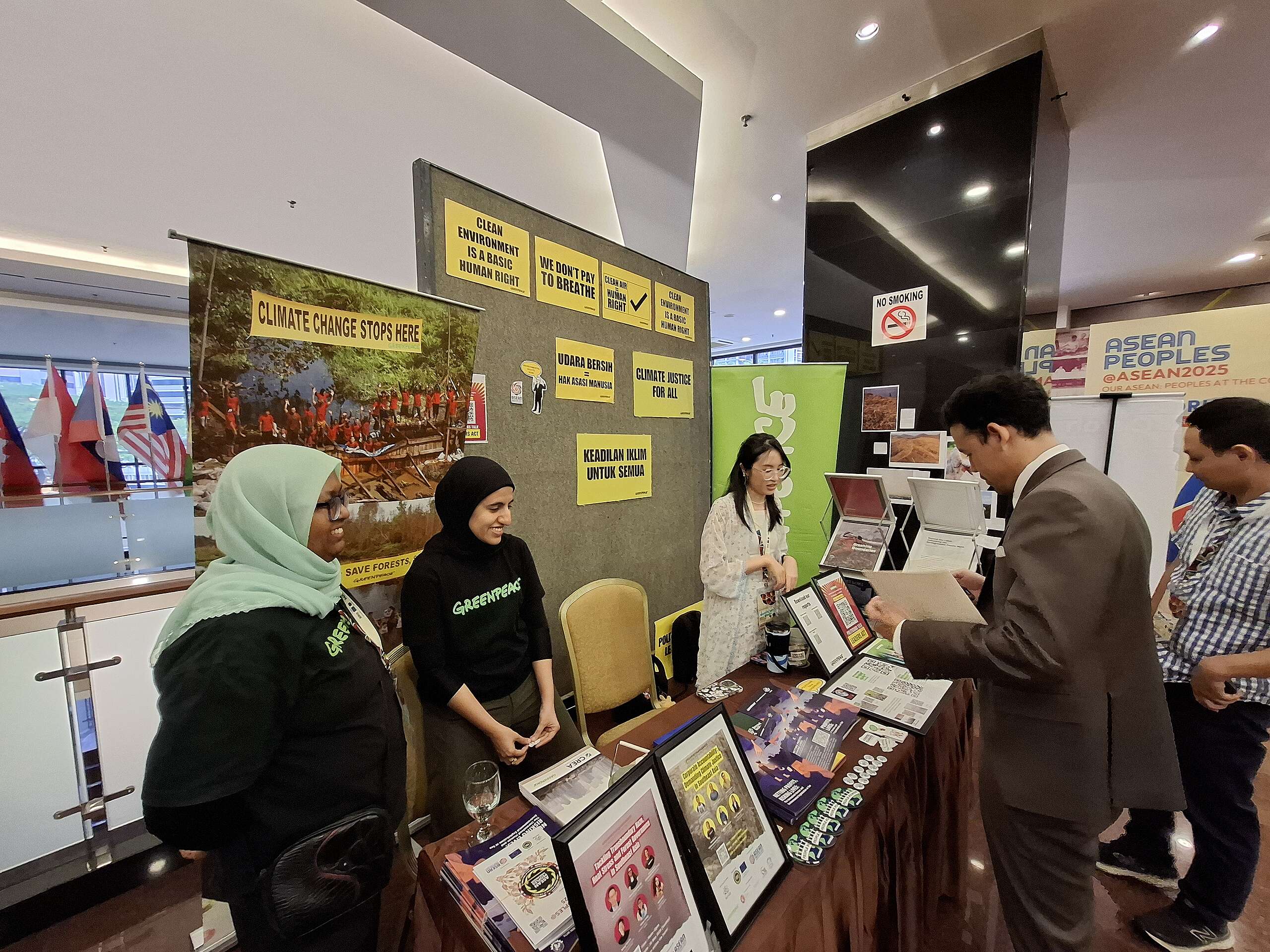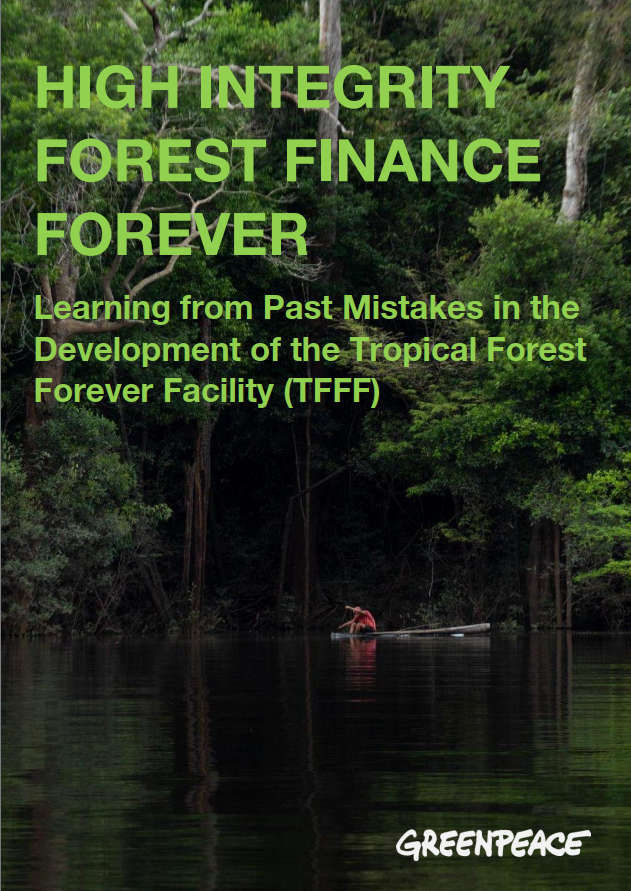Manaus, 17 July, 2020 – Greenpeace Brazil has captured photos of fire hotspots burning throughout the state of Mato Grosso, in the Amazon rainforest. The images were taken as part of flyovers conducted between 7-10 July to document the fires in the Amazon. All of the hotspots are currently considered illegal based on a government ban on fires in the state from July to September. Greenpeace also documented images of completely burned areas and areas being prepared for burning. With 4,437 hotspots[1], the state of Mato Grosso has had the highest number of fires in the Brazilian Amazon this year, representing 49.52 percent of all fires in the Brazilian Amazon in 2020[2].
See more images here
“These images, along with the record deforestation rates this year, are the intended outcome of Bolsonaro’s long term strategy for the Amazon. His government has been dismantling environmental protection laws and kneecapping the power of the environmental protection agencies since Bolsonaro took office, going as far as using the COVID-19 pandemic as a smokescreen to further enable deforestation, logging and mining in the Amazon. This administration is doing nothing but putting the climate and more lives at risk, especially those of Indigenous Peoples,” said Romulo Batista, Greenpeace Brazil Amazon campaigner.
In June 2020, 2,248 hotspots were recorded in the Amazon, a 19.57 percent increase compared to June 2019 (1,800) and the largest recorded number for the month since 2007. Deforestation alerts in the Brazilian Amazon also hit a 13-year record high during the month of June. From 1 to 13 July, 1,057 hotspots were already recorded in the biome.
Large fires in the Amazon rainforest do not occur naturally, but are deliberately set by farmers or land grabbers to expand the land used for cattle ranching and industrial agriculture production, and are part of a practice that is made even worse by Bolsonaro’s anti-environmental agenda.[3] Indigenous Peoples, already dealing with the additional risk of COVID-19, will face even higher risk, as fires intensify and air pollution is added to the list of their health threats.
The Brazilian government’s actions against the environment has been damaging the country’s reputation and economy, as investors, trade partners and major Brazilian companies have publicly raised concerns over Bolsonaro’s government’s impacts on the climate and on human rights. But Bolsonaro’s response has been performative and ineffective, such as deploying the army in costly and inefficient operations to fight deforestation and an insufficient 120-days “fires moratorium”, announced yesterday.
“As Bolsonaro’s 2019 fire moratorium already showed, banning fires alone doesn’t work. Protecting the capacity to monitor and stop environmental destruction and to enforce the law – which Bolsonaro continues to systematically dismantle – is essential. Those calling for action of the Brazilian government cannot fool themselves and think that Bolsonaro’s sloppy PR moves will have any meaningful impacts,” said Batista.
The exploitation of nature and people is a major cause of the current health, climate and biodiversity crises. Greenpeace is demanding governments and companies to end business with forest destroyers and align trade to support resilient economies that put nature and people first.
ENDS
Notes to editors:
[1] Number of hotspots registered from 1 January to July 13.
[2] Analysis based on INPE (Brazilian Space Research Institute) data.
Photos and videos available here.
Contacts:
Rebecca Cesar, press officer, Greenpeace Brazil, +55 11 95640 0443, [email protected]
Greenpeace International Press Desk, +31 (0)20 718 2470 (available 24 hours), [email protected]



